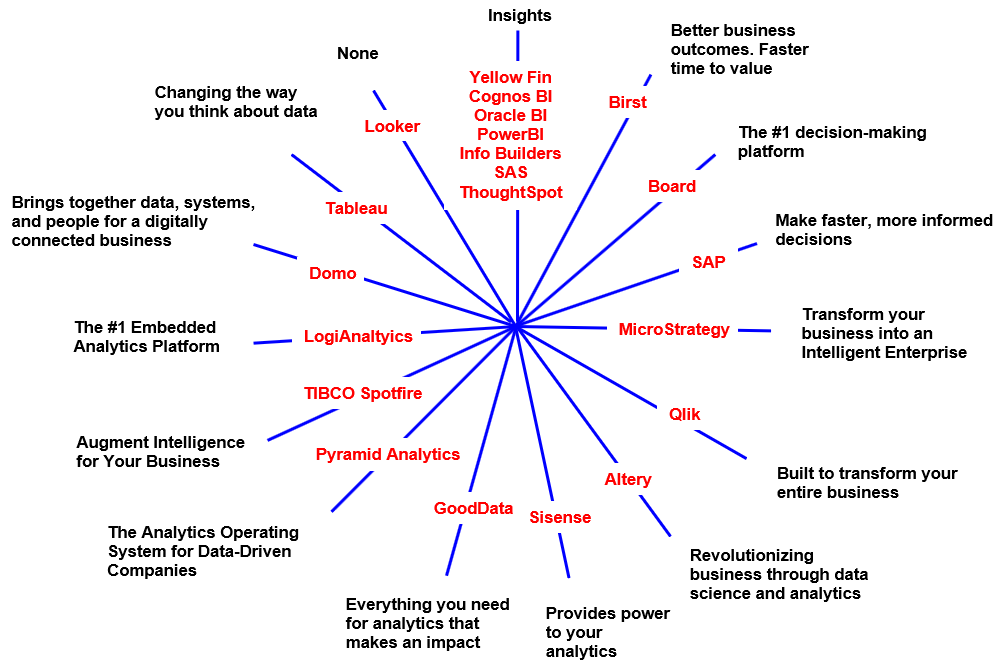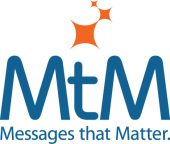In the early days of B2B software, it was common for companies to have functionality no one else had in their market. Differentiation was relatively easy. Just identify the benefit of a really important piece of unique functionality and you had a potential positioning statement.
However, in today’s Software as a Service (Saas) world, differentiation via functionality isn’t likely to result in a unique position. Everyone in the same market has similar functionality for the segment they serve such as small, midmarket and enterprise companies.
But that doesn’t mean you have to sound like everyone else. You can stand out from the crowd by making a unique claim – your position – that addresses a pressing target audience problem.
Identify and rank target audience problems
You start to converge on a unique position by creating a list of customer problems, stack ranked by importance. Then brainstorm positioning statements that express a benefit that solves the No. 1 problem.
Once you’ve identified the ideal positioning statement, test it to determine if it is unique – only your company is making the claim.
It’s fairly easy to figure out how your competitors are positioning themselves because they do it in public. Just check a few pages on their websites to determine how they are positioned – that mental space in your target audience’s mind that you can occupy with an idea that has compelling meaning to the recipient. It’s in this mental space where your solution to a pressing target audience problem meet and form a meaningful relationship.
Competitors’ websites tell you how they are positioned
You’ll find your competitors’ positions expressed prominently on the home pages of their websites. Check other pages like the product overview, solutions and company overview. If you have time analyze other marketing communications. Is there a consistent message or is it all over the map?
Once you have determined the position for each competitor, organize the claims in a table. Some competitors are likely to have similar or even identical positions. Other competitors may publish many claims, making it more difficult to determine how they are positioned, if at all.
It is a common mistake for companies to make two or more benefit claims of equal importance, so add them to the list.
From the table, you can organize your competitors’ positions in a map that looks like this one created for the Business Intelligence market:

Now that you have created your map, you can easily see whether potential positioning statements are unique. A positioning statement is a short, declarative sentence that explains what you do and why the target audience should care. It needs to be unique and important to the target audience.
If the No. 1 problem on your list doesn’t yield a unique positioning statement, brainstorm positioning statements that address the No. 2 problem. Keep going down the list. Eventually you will find a positioning statement that is important and unique.
Differentiate to stand out in your crowded market
You might get frustrated as your perceptual map keeps telling you to try the next problem. Stick with it. You will be rewarded according to “Neuromarketing” because you need to define what is unique about your product or service before you can get the attention of your target audience’s decision-making portion of the brain.
The book says important, unique claims attract prospects because they highlight the difference, gap, or disruption the brain is seeking to justify a quick decision.
The good news for you is that lack of differentiation is a problem in all B2B software markets. And it’s easy to stand out in your crowded market by using customer problems – not functionality – to converge on a position that is important to the target audience and unique.
